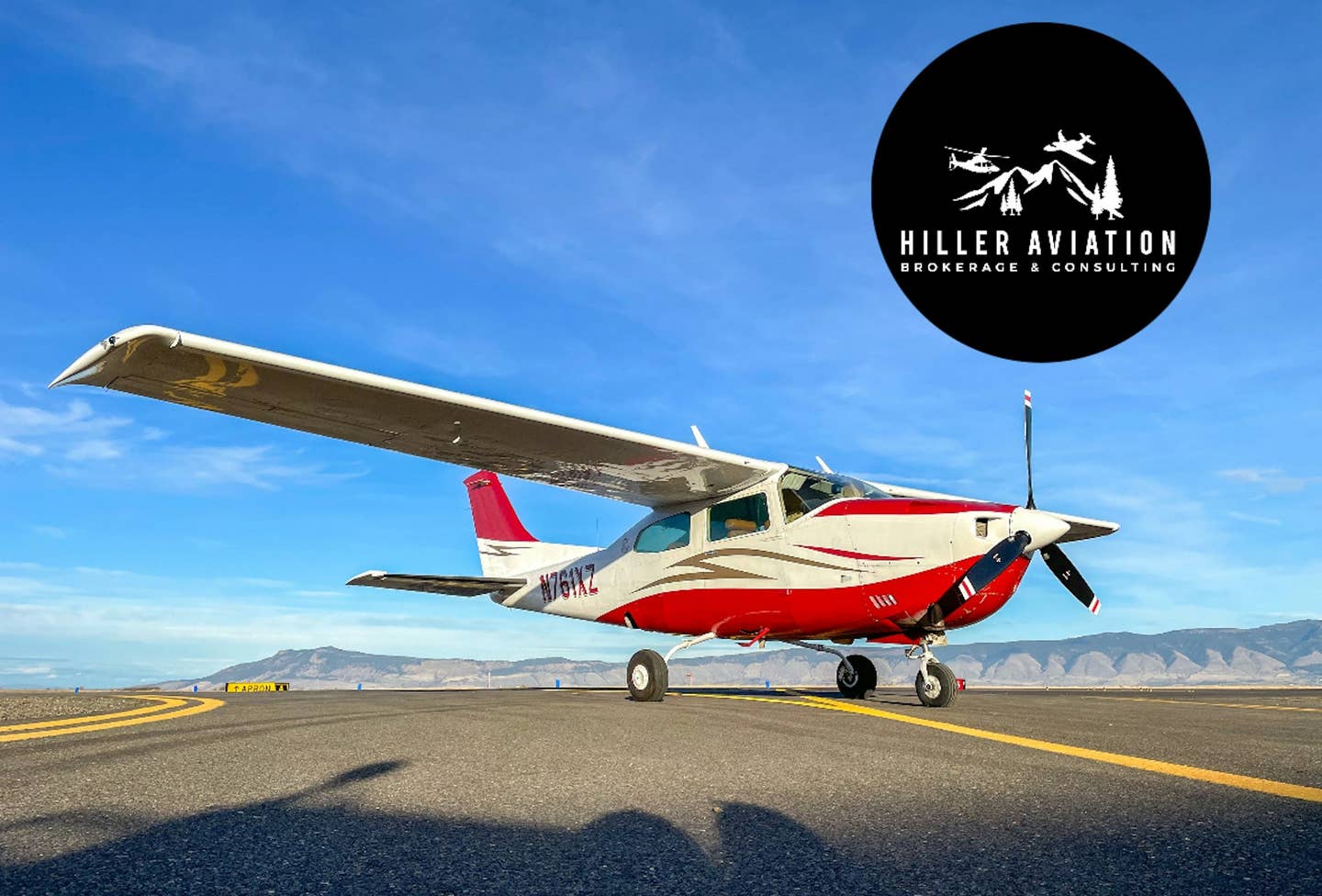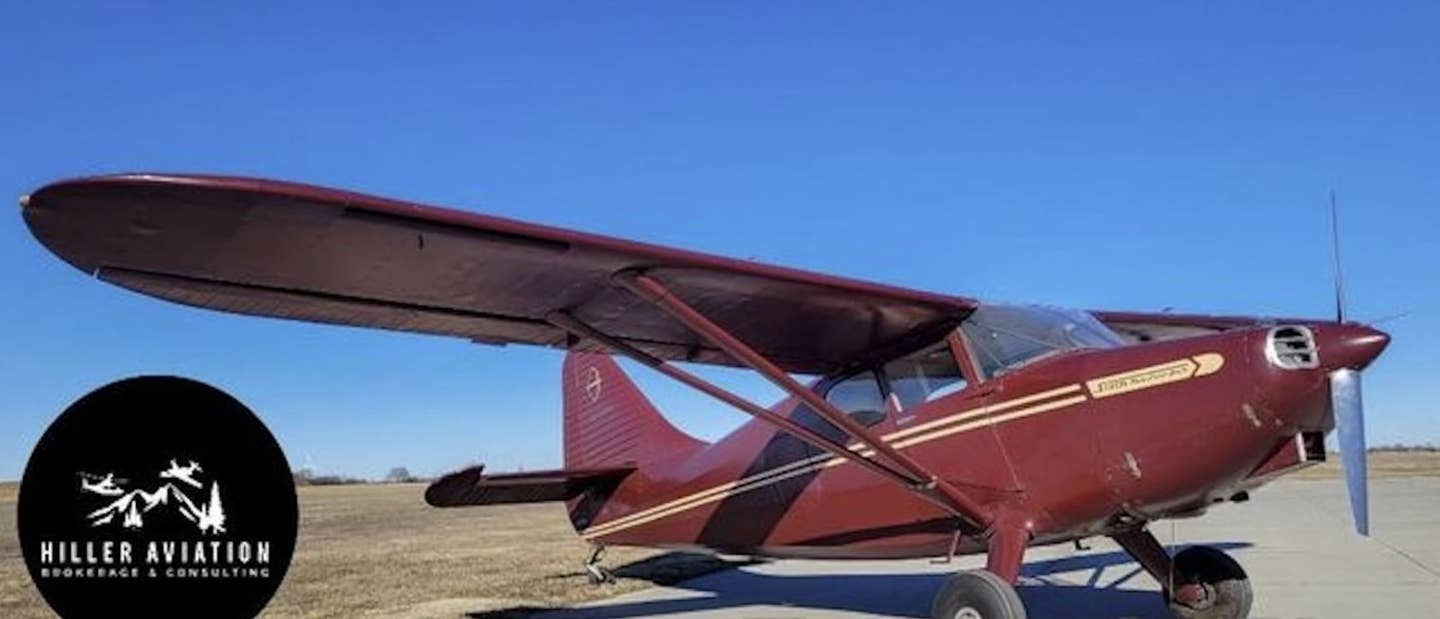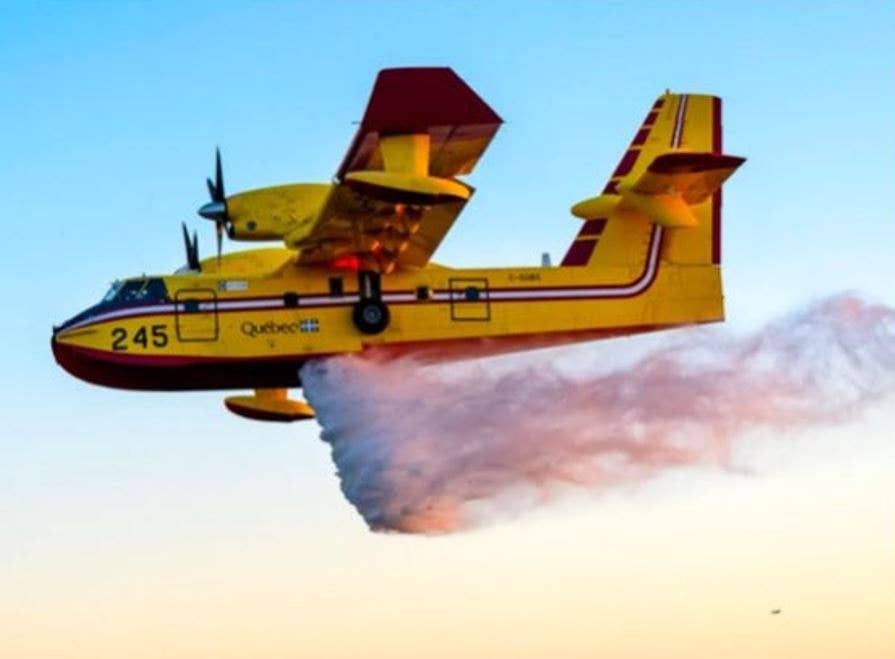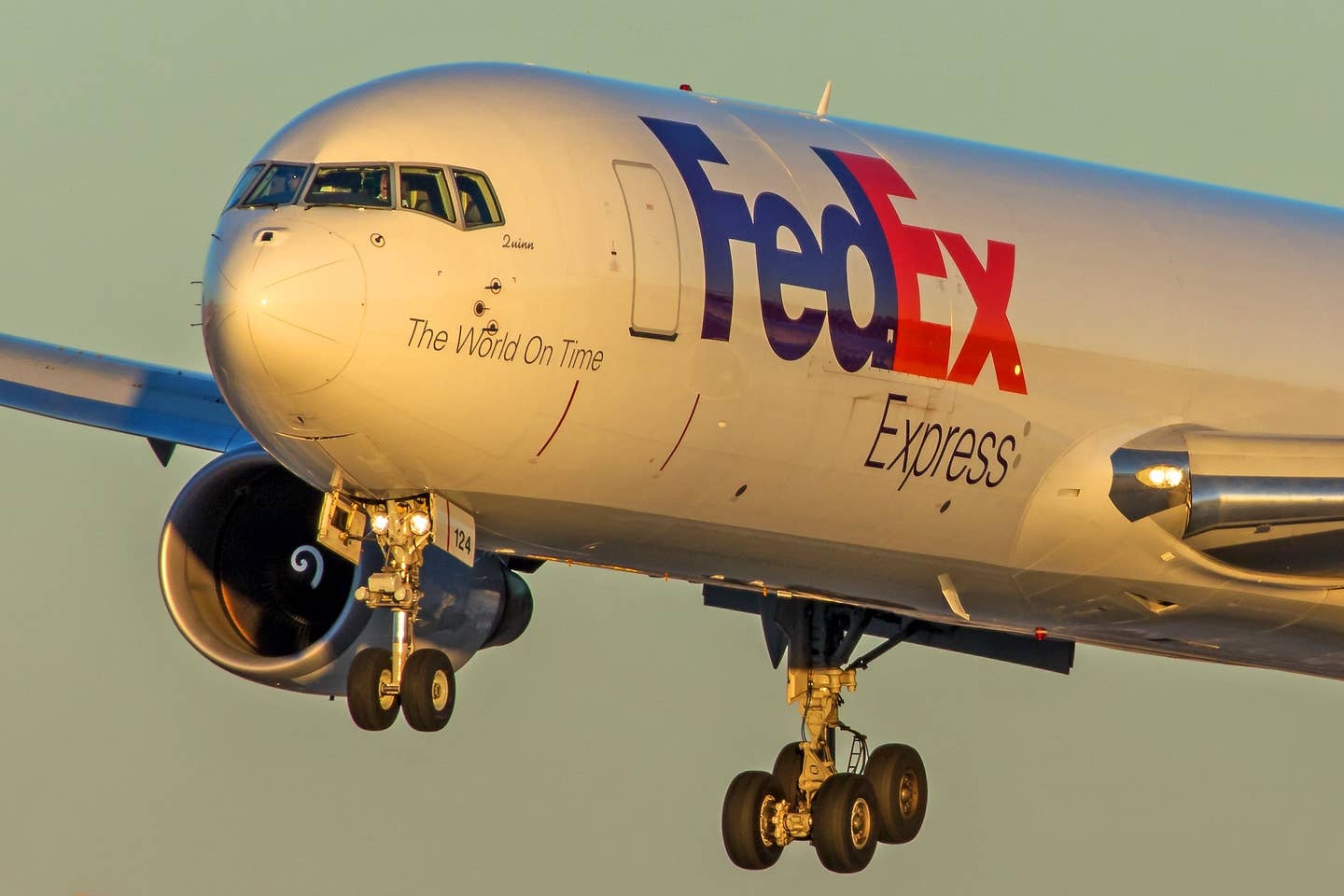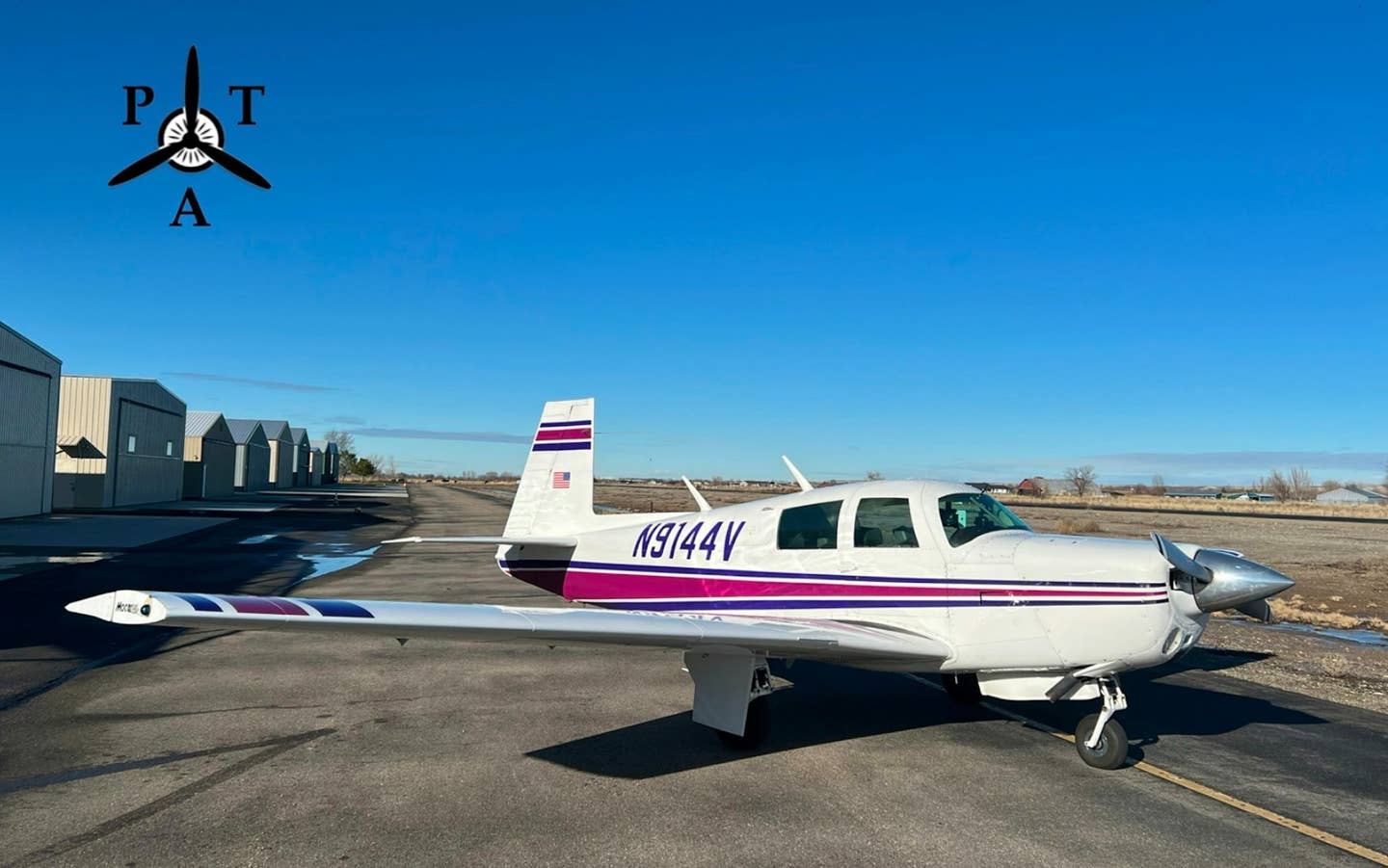
** The Sonex is an Experimental amateur-built
aircraft that sport pilots can fly.**
(September 2011) To be sure, Experimental amateur-built (aka homebuilt) aircraft are not light-sport aircraft and never can be. But does that mean sport pilots can't fly them? Apparently, there's still a bit of confusion about the answer to this very question among pilots and regulators seven years into the Sport Pilot/LSA rule, says EAA's David Oord, but the short answer is it depends on the aircraft.
"A lot of folks get hung up on the aircraft certification when trying to determine if an aircraft is sport pilot eligible or not," says Oord. "But it's about who's operating the aircraft, not the certification of it. Regardless of whether it's Experimental amateur-built (or type certificated for that matter), if the aircraft meets the LSA definition — which is basically the max gross weight and max speed, and a fixed gear — a sport pilot can fly it."
The confusion spills over to inspectors and regulators too. Oord sees quite a few who misunderstand the ASTM standards and continue to impart Part 23 standards when they are doing their assessments.
“We see this reflected in accident records quite a bit,” Oord says, “where LSAs are labeled as Experimental amateur-builts and vice versa.”
One of the appeals of amateur-built is the freedom to modify the aircraft. Those who are sport pilots or plan to fly as sport pilots should keep in mind that if a modification puts the aircraft’s weight over 1,320 pounds, it is no longer sport pilot eligible.
Sonex Aircraft’s Experimental amateur-built kits are an example of kits that are sport pilot eligible right off the shelf. Though each of its aircraft meets the LSA definition, a first glance at the spec sheets tends to confuse prospective buyers who plan on flying as sport pilots — and it’s not because of blowing the max gross weight (they are all, in fact, under 1,320 pounds). It’s because its products appear to be too fast.
“For us, the speed is the biggest hurdle in the confusion over whether our amateur-builts are sport pilot eligible or not,” says Mark Schaible, who handles marketing for the company. “Take the Sonex, for example. If they don’t understand that part of the rule, when sport pilots or those planning to fly as sport pilots see its TAS of 150, they right away think they can’t fly it.”
Specifically, as it relates to speed, the FAR/AIM definition for a light-sport aircraft says that to be eligible it must have a maximum airspeed in level flight with maximum continuous power (Vh) of not more than 120 knots under standard atmospheric conditions at sea level.
“Under those strictly defined conditions, even our fastest, highest-horsepower model capable of a TAS of 170 mph at 8,000 feet will indicate 1 or 2 mph under the Sport Pilot speed limit,” Schaible says. “There’s nothing in the rule restricting a pilot from pointing the nose down and achieving a higher speed in a dive, using a higher throttle setting than what’s specified as max continuous power or climbing to a more efficient altitude to optimize speed and efficiency in cruise.”
In this case, the manufacturer limited the approved max continuous power setting to make the airplane eligible.
Clearly, knowing the LSA definition can go a long way to clearing up any confusion about what a sport pilot can fly — and open the door to aircraft other than LSA.

Sign-up for newsletters & special offers!
Get the latest FLYING stories & special offers delivered directly to your inbox

